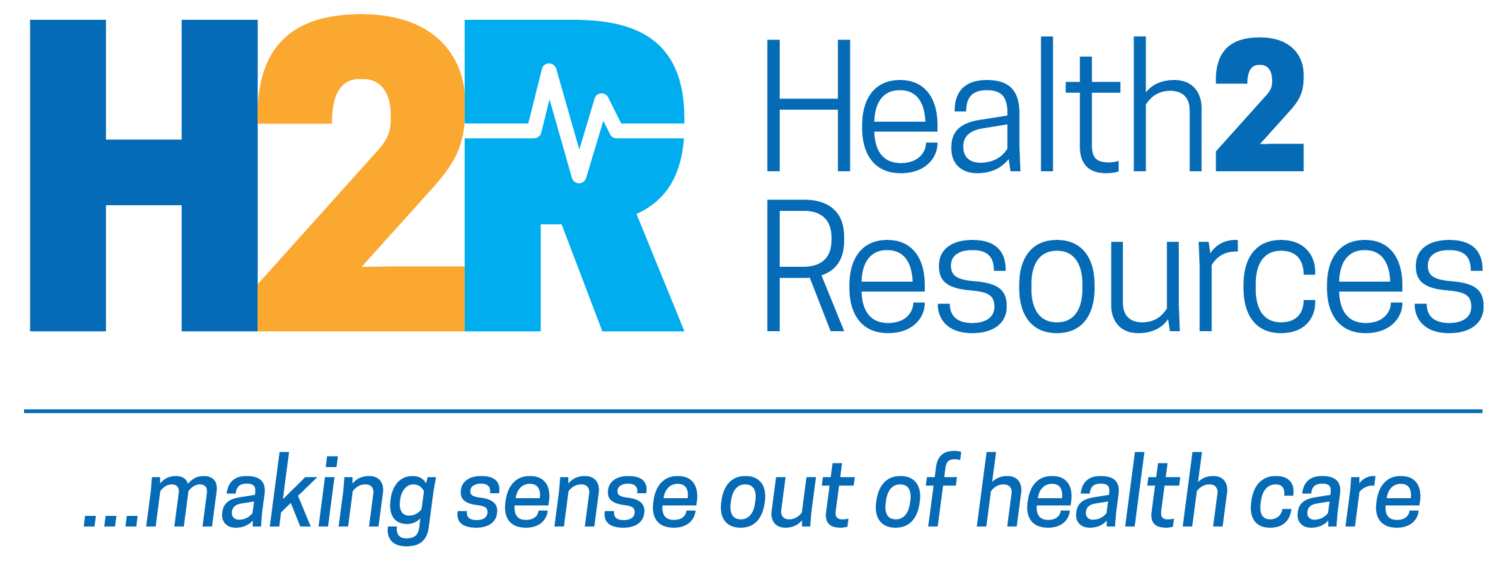About the Primary Care Learning Network
Health2 Resources' Primary Care Learning Network is a vehicle for health care thought leaders to share ideas and analysis through forecast briefs, white papers, webinars and other media. The PCLN amplifies leading-edge voices and offers a learning hub for payers, providers and employers seeking penetrating insights into health care challenges and solutions. Contact us to learn more.
HOW MUCH DOES HEALTH CARE COST?
Download the forecast brief here.
"The usual cost-benefit equation most of us apply to everything from buying a car to sending a kid to college is rarely applied to our own health care issues."
In the U.S., we will spend $3.207 trillion in 2015. That's $3,207 with nine zeroes behind it--a number so large that it's nearly impossible to comprehend. Think of it this way: If you had a dollar for every second that passed, it would take you 101,693 years to accumulate $3.207 trillion.
How much does health care really cost--in terms of dollars, lost productivity and employee retention? Wendy Lynch, Ph.D., Altarum Institute fellow, spells out how employers--still the majority payer for health care coverage in the country--can bring value back to the health benefits equation.
Wendy Lynch, Ph.D., Altarum Institute Fellow
For 30 years, Wendy Lynch has been making the connection between human and business performance. Her career has included roles as faculty at the University of Colorado Health Sciences Center, senior scientist at Health Decisions International, and principal at Mercer Human Resource Consulting. Lynch runs a consulting firm focused on health and business performance. She has applied her skills in research design and evaluation to several pivotal studies in the fields of consumer engagement, health management, productivity assessment, and human capital management. A frequent speaker and the author of more than 50 articles and reports, she also has two books, Aligning Incentives, Information and Choice and Who Survives: How Benefits Costs are Killing Your Company. She holds a doctorate in research and evaluation methodology from University of Colorado Boulder.
AN ELEGANT SOLUTION: ADVANCING COMPREHENSIVE MEDICATION MANAGEMENT FOR BETTER CARE, BETTER HEALTH, LOWER COSTS
Download the forecast brief here.
Comprehensive medication management (CMM) offers the potential to solve a problem that's killing millions of people and costing billions of dollars while, at the same time, addressing the shortage of primary care providers.
Successfully integrating CMM services into primary care has been shown to not only improve patient outcomes and satisfaction/engagement, but to lower overall costs and improve provider/team efficiency and access. Such an approach also improves provider satisfaction.
Terry McInnis, MD, MPH, CPE, FACOEM, Blue Thorn, Inc.
McInnis, as president of Blue Thorn Inc. partners with providers, professional organizations, health plans and government on the critical delivery system roadmap and financial realignment necessary in transforming into a viable health care model. Her leadership in the Patient-Centered Primary Care Collaborative (PCPCC) resulted in the successful launch and widespread adoption of the PCPCC Resource Guide, Integrating Comprehensive Medication Management to Optimize Patient Outcomes. Her 25 years' experience include chief of flight medicine as a U.S. Air Force flight surgeon, private and hospital-based clinical practice, and private-sector work, including corporate medical director for Michelin North America.
DOING WELLNESS IS NO LONGER ENOUGH: SUCCESSFUL EMPLOYEE-HEALTH EFFORTS DEMANDS AN INTEGRATED APPROACH TO WELL-BEING
Download the forecast brief here.
Employee benefit design and primary care services delivery are both moving toward a broader notion of health, one that encompasses emotional and social well-being. And both are re-integrating once-siloed elements to put a greater focus on relationship and collaboration.
The laser-like focus on cost savings was where the workplace wellness movement started and gained its foothold. And, perhaps ironically--or perhaps appropriately--it's now the source of backlash. It's time to reframe workplace wellness in terms of supporting the workers.
Michael Thompson, Principal, PwC
Thompson has more than 30 years' experience in health care and employee benefits strategy development and implementation. He consults with major employers and other stakeholders on sustainable cost reduction, integrated health, wellness and consumerism, retiree health, private health exchanges and health reform. He also serves as one of PwC's national thought leaders for health strategies for the health industries practice and has participated on the steering board of the World Economic Forum "Working for Wellness" initiative. He chairs the AAA Quality Initiative Work Group and serves on the board of the Northeast Business Group on Health.







